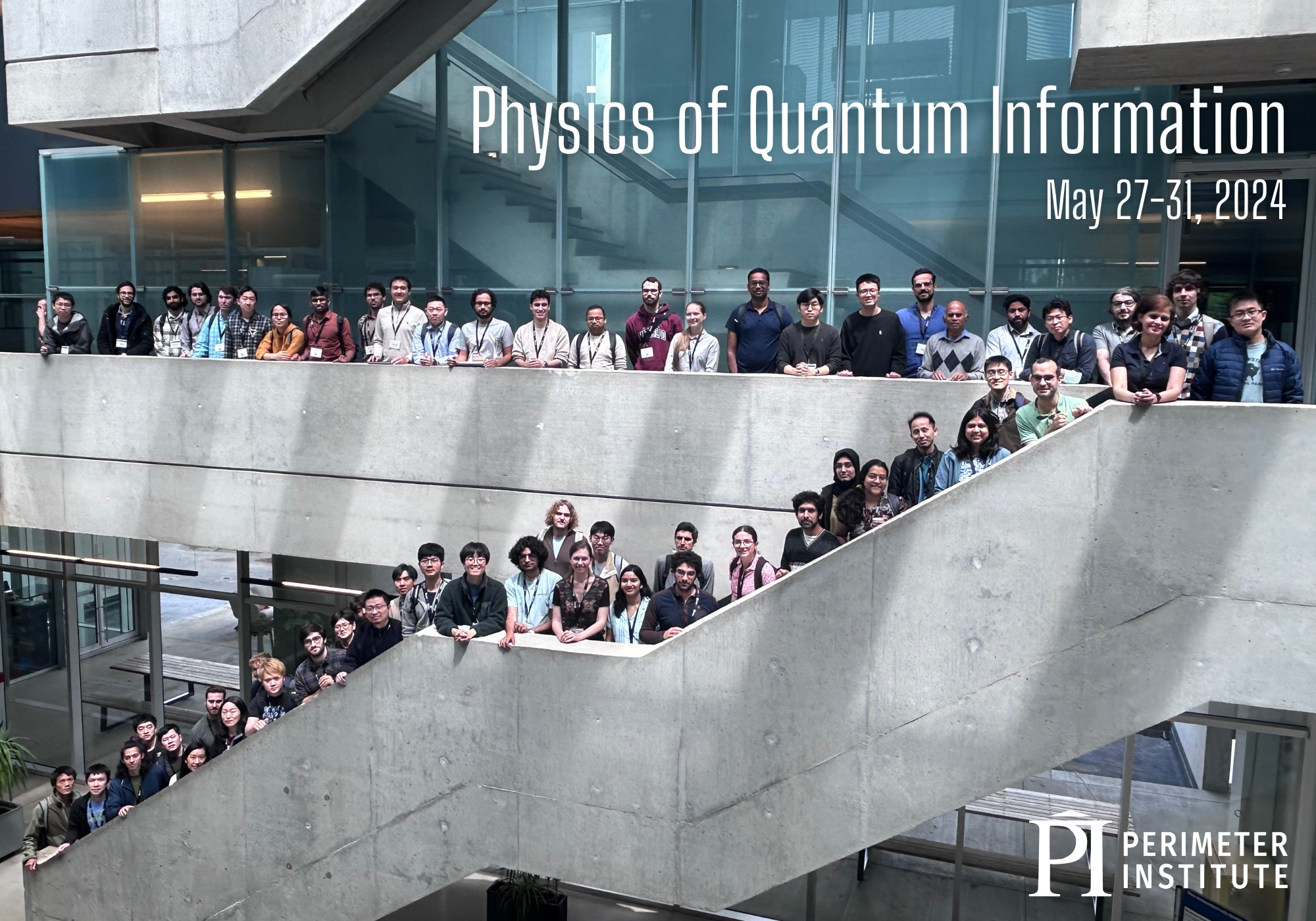Physics of Quantum Information
PI/1-100 - Theatre
Perimeter Institute for Theoretical Physics
The dialogue between quantum information and quantum matter has fostered notable progress in both fields. Quantum information science has revolutionized our understanding of the structure of quantum many-body systems and novel forms of out-of-equilibrium quantum dynamics. The advances of quantum matter have provided novel paradigms and platforms for quantum information processing.
This conference aims to bring together leading experts at the intersections of quantum information and quantum matter. Key topics include: (i) quantum error correction, (ii) quantum dynamics, and (iii) quantum simulation.
Organizers:
Timothy Hsieh, Perimeter Institute
Beni Yoshida, Perimeter Institute
Zhi Li, Perimeter Institute
Tsung-Cheng Lu, Perimeter Institute
Meenu Kumari, National Research Council Canada
:: :: ::

